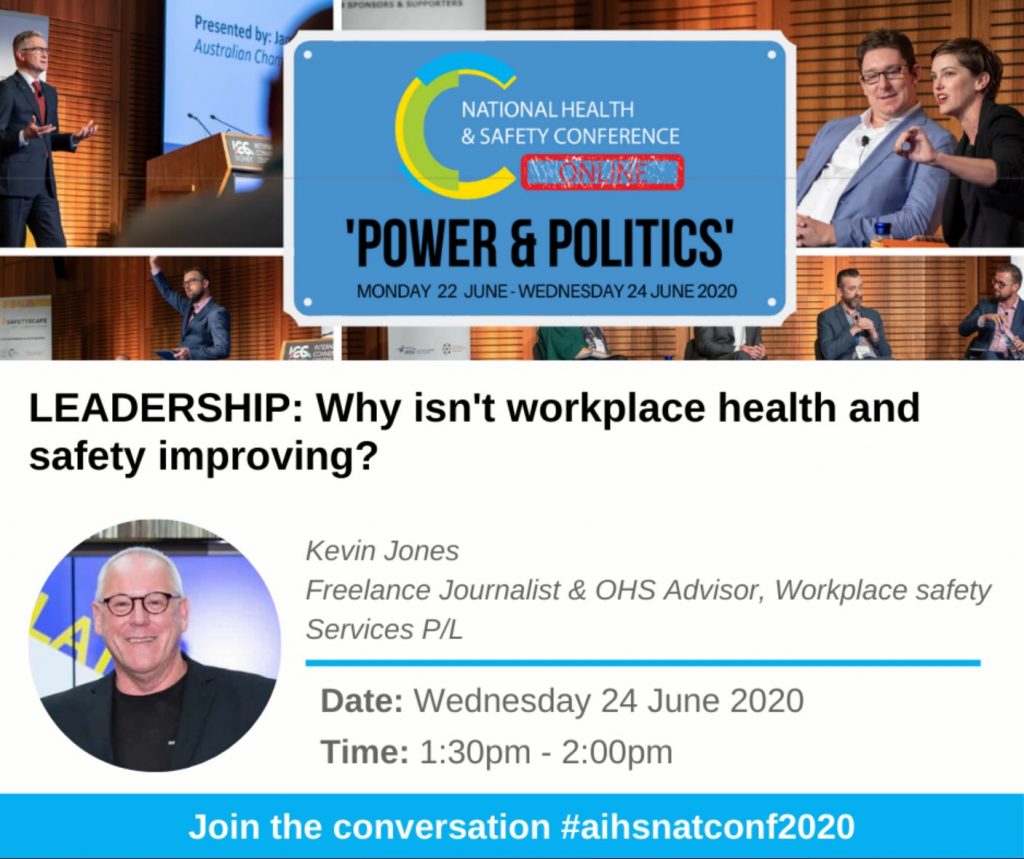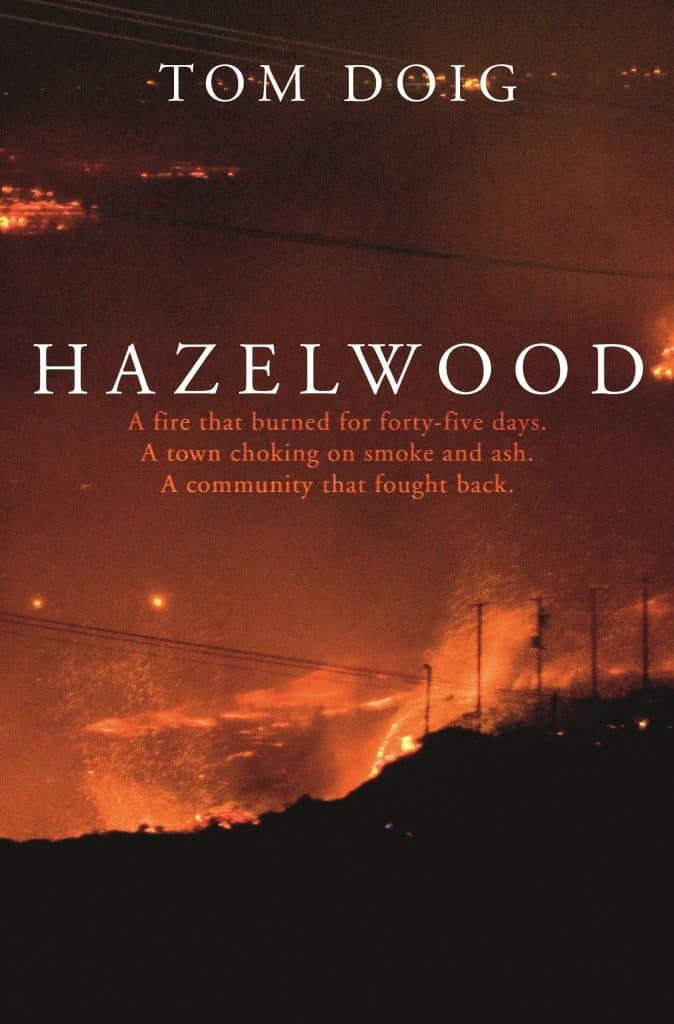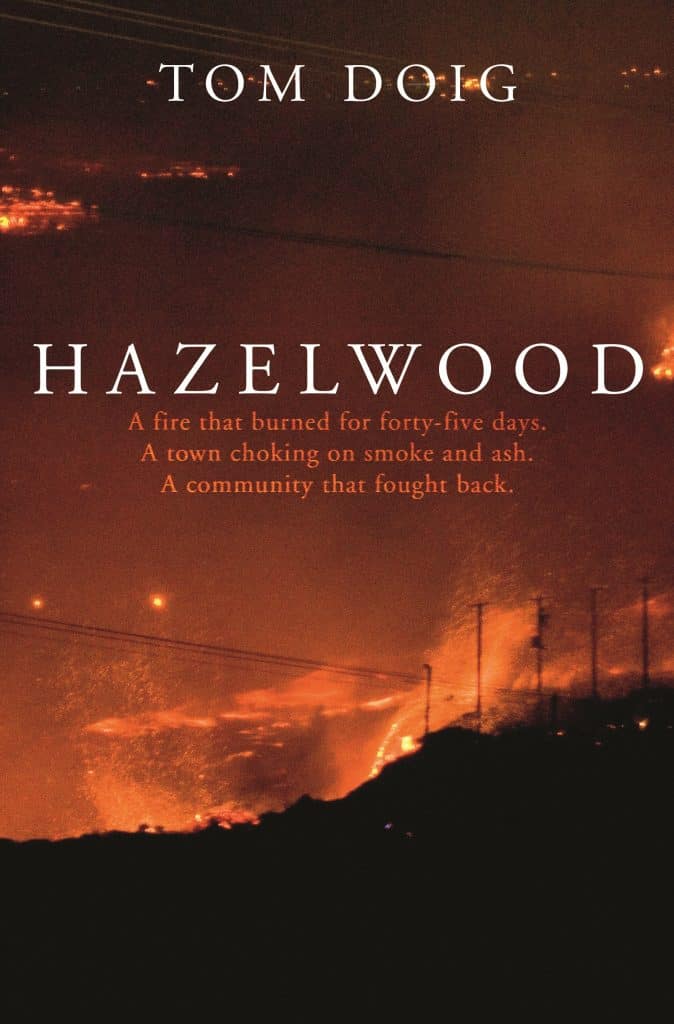
Congratulations to Peta, Tim and Glenn who will be receiving a copy of Tom Doig’s book on the Hazelwood mine fire, after being the first few to purchase a discounted subscription to SafetyAtWorkBlog.
Watch out for more short-term “flash” sales in the future.





